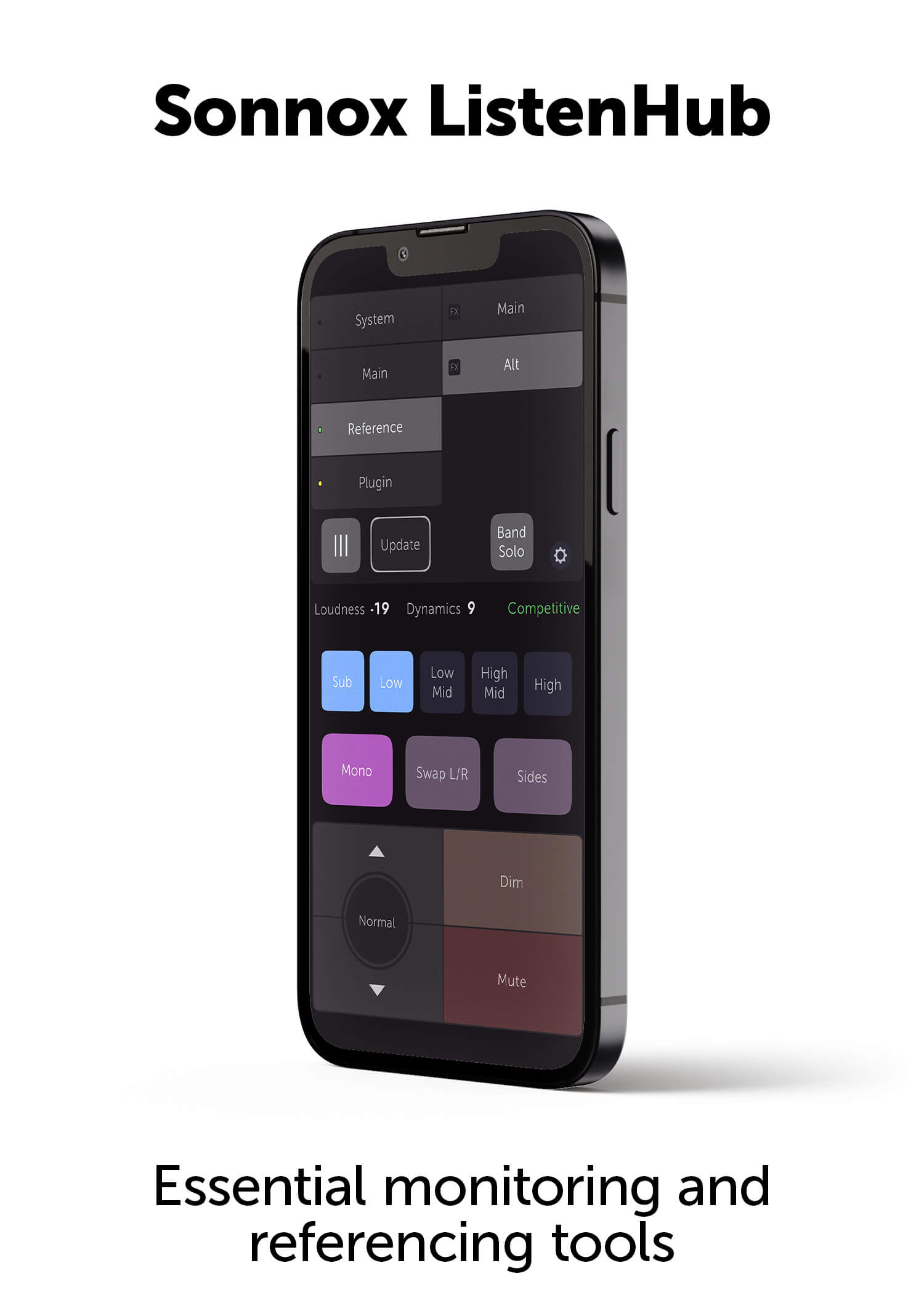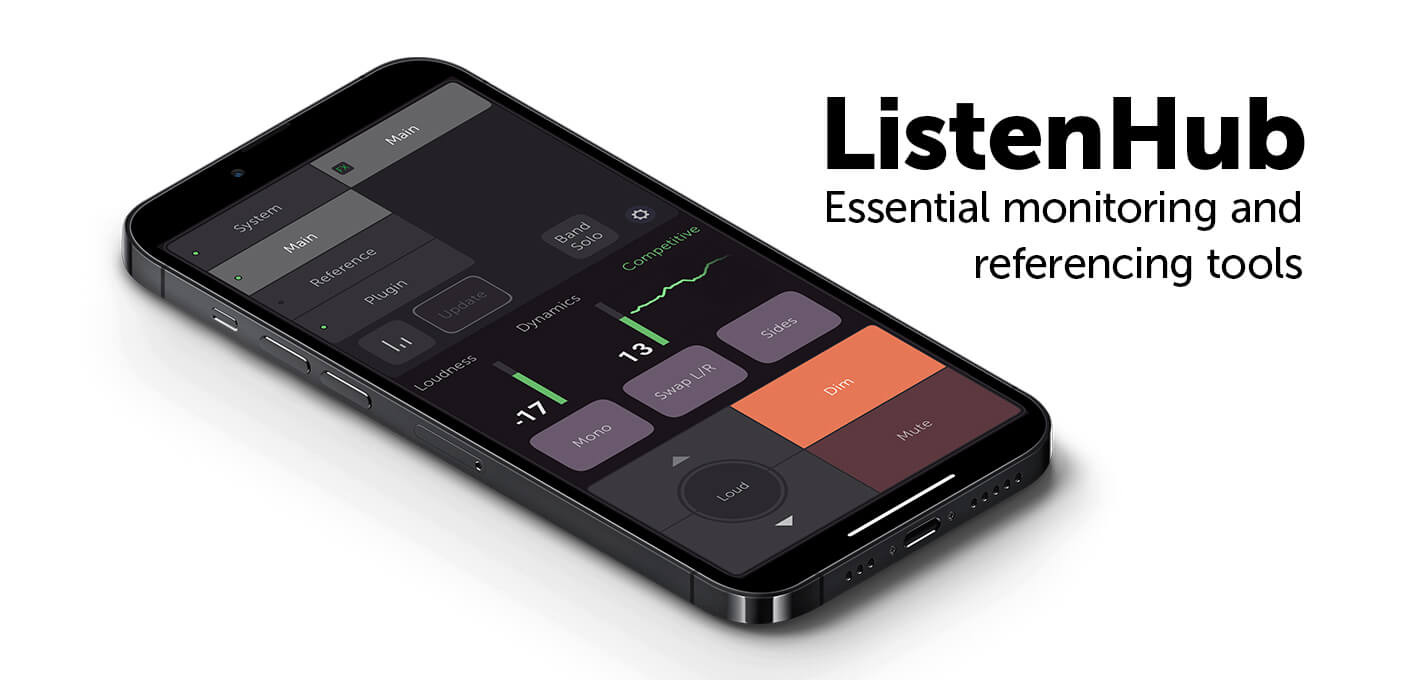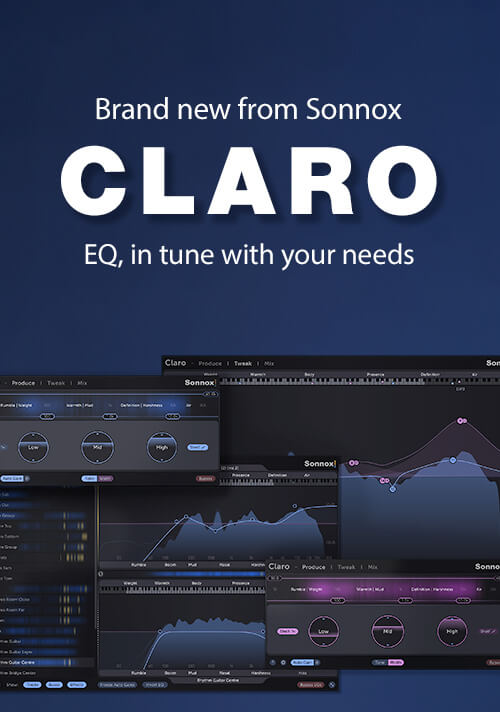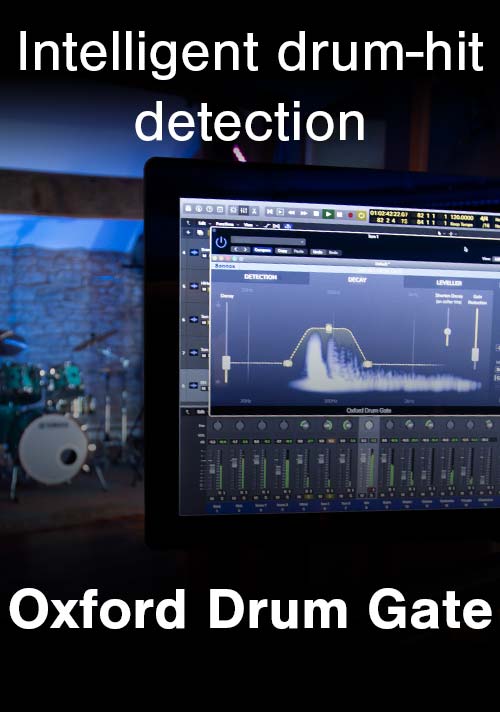Matt Creed
Speeding Up Workflow With Templates
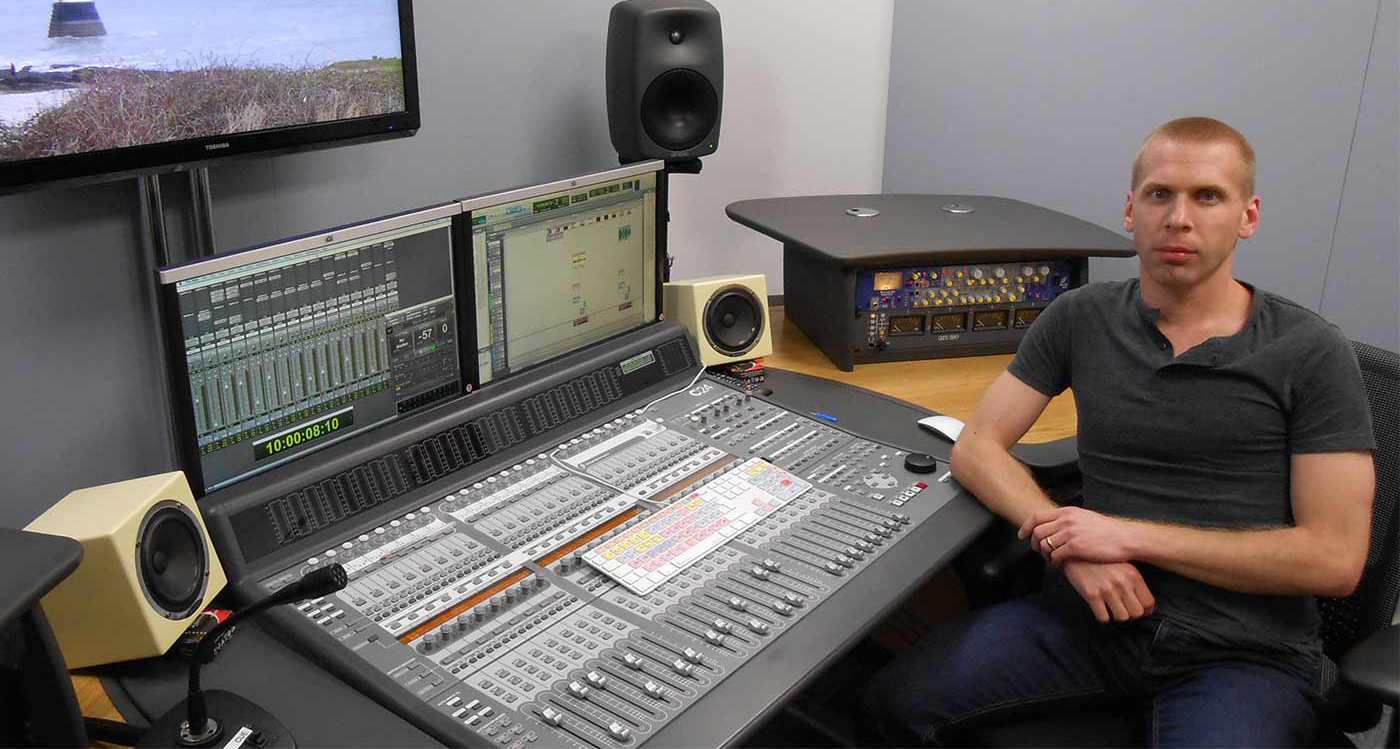
With multiple jobs at both MCR Post and ITV in the UK, engineer/mixer Matt Creed has over 20 years experience in the field. From promos and documentaries to current affairs and news, he relies upon a dependable arsenal of tools, among which are Sonnox plug-ins. We caught up with him recently to learn exactly how they enhance, improve and expedite his craft.
Tell us about your current work.
At the moment I'm a freelance re-recording mixer with ITV Wales, doing a lot of their regional programming. I'm also engaged by ITV London on daytime promos, I continue to work at MCR Post and for various independent post production facilities. So it's basically meeting rushed TV deadlines and maintaining uniform high quality.
What's your typical mix layout.
My typical mix set up would probably run about eight tracks of dialogue, eight tracks of mono effects and between four to eight stereo background tracks of music. I'll break it down to groups of dialogue, mono effects, stereo effects, reverbs and delays and music, plus a couple of commentary tracks.
How did you learn about Sonnox plug-ins?
A friend of mine, who's currently working as a live monitor engineer, has been using Sonnox plug-ins for some time. I had a demo with him on one of the Avid S3L consoles, and had a good sense of them after that. So I downloaded the demos to see whether Sonnox could offer what I was looking for. I needed to see if they would speed up the process, and fit into my workflow over what I was currently using.
Since Sonnox software is both HDX and Native based, it made a huge difference in the way I worked. Sonically the quality that I'm getting is superior to anything that was previously available to me. But also, because it's HDX based, it's really utilizing the power of that format rather than Natively pulling the power off my Mac.
Which plugs in do you turn to?
I love SuprEsser DS, which really allows me to get in on those TV-related problem frequencies. It's great on voices and in helping me conform to TV loudness standards. SuprEsser DS improves those sibilant frequencies that give the appearance of being too loud; it levels them down without any audible artifacts.
Remember, loudness is an everyday thing, so it's important to keep the quality of the mix high and retain the standards required for loudness, especially over short term for a 20 second promo.
I also frequently turn to the Oxford Dynamics plug-in, using the Compressor, Limiter, Expander and the Warmth features that it includes. The Expander has actually been a great tool for voiceovers. Normally you're just chopping out breath inhales and things like that. I can engage the Expander and basically it just sits there in the background and becomes a set-and-forget tool. Once I've gone over it, I just leave it there and it just does what it needs to do. I'm finding I can drive the compressor and limiter pretty much as hard as I want to without colouring the sound; I can just set the template and not have to worry about what they're doing at all. I use the Warmth feature more on music, as it really enhances the lower mids. What I could preciously achieve with 3 or 4 plug-ins I'm now getting better results with just one.
The Inflator (Exciter Plugin) is another really valuable plug-in, as it helps me expand the definition in the overall sound. I tend to use it across groups, for stereo backgrounds and music. It enables me to quickly get the audio exactly where I need the elements to sit sonically. It's warm and it just works.
Another super-helpful tool is the Oxford EQ, with its variety of different curves. It's been massively useful with problem frequencies. I also find that, rather than using it as a corrective tool, I can use it creatively. I put it on individual elements, on the tracks, the stems and generally, across all of my dialogue tracks. Having the 4 different types of EQ in one plug in means I don't need to go to any other.
The Oxford Reverb has proved to be invaluable - it just sounds so natural. For a quick fix on something, just going to the presets is a great time saver.
When I finish my final mix, I'm generally running it straight through the Oxford Limiter. It's perfect for bringing any peaks back under control that have got through in the pre-mix stage. Depending on delivery requirements I can set it to where I need it to be and it just sits invisible in the background.
Has using Sonnox plug-ins made your workflow more efficient?
Absolutely! Sonnox has made a major difference to my workflow. I've created 'go to' templates for all plug-ins that I'm using on a day-to-day basis and they are my starting point. Often I can just set them and I don't have to worry about what they're doing. But also, because they're AAX DSP, I'm not worrying about them pulling resources from my Mac. That lets me continue to run everything else that I need to around them. They're not taking power from my computer, and that's a huge benefit for me.
Interview and editorial provided by Rich Tozzoli
